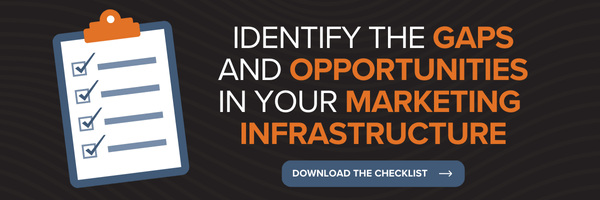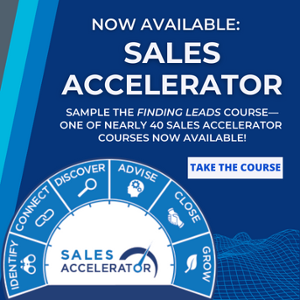
We talk to businesses all the time who don’t have CRMs, but know they need one. I’ve written about this exact topic in the past (read 5 Reasons Salespeople Aren't Using CRMs Effectively here). While there are many obstacles to overcome when choosing any kind of new technology, the CRM seems to be an exceptionally tough one. This is due to a huge variety of options in the marketplace, a lot of previous bad experiences, fear of new technology, costs, and the potential risks involved like lack of adoption, technological barriers, training, and so on.
I get it. These are all great reasons to take this decision very seriously, but that shouldn’t get in the way of taking action.
There are just far too many benefits to having and using a CRM that can’t be ignored. Luckily, our partner, HubSpot, has made the decision a heck of a lot easier. And to help you even further, I’ve put together these five reasons why you should consider giving the HubSpot CRM a try right now:
1. The price is right. And by right... I mean FREE!
Yep, folks, you heard it right. The HubSpot CRM—in all its glory—is 100% free and always will be. This isn’t one of those tricks or sales tactics. While they do have optional upgrades for sales enablement tools with their HubSpot Sales Pro products, those are absolutely not necessary for you to effectively use their CRM. (We have many clients who only use the CRM.)
So, that whole fear of investing in something with a long-term contract and then not using it or liking it… well, it’s kind of a moot point here. No contract. No fees. Why wouldn’t you give it a fair shot, especially if cost is a major issue for your company?
2. It’s created with the user (the salesperson) in mind, first and foremost.
Most CRMs are created with the manager in mind first. What does management want to track and report on? How can a manager see sales activity? What can help them better forecast? That kind of thing. While those points are addressed with the HubSpot CRM, they pride themselves on having thought about the user/seller first.
For instance, the HubSpot CRM addresses the many reasons sellers typically don’t like to use a CRM, such as: excessive data entry, no clear benefit to how this helps them close more deals, taking up too much time, feeling like they’re simply being micromanaged, and much more.
Those who use the HubSpot CRM quickly realize that this tool really can help strengthen and shorten the sales cycle. It can help them work smarter and have more effective sales communication. Honestly, most salespeople—who use it correctly—really rave about it in my experience (including our own sales team here at LeadG2).
3. It’s easy to set up, and can be done so quickly.
There are some great CRMs in the marketplace that can’t be overlooked. And for some organizations, a really customized and robust CRM is necessary. For many others, it’s really not, and what is more important is ease of setup and adoption.
If your company doesn’t have a dedicated IT person or even a CRM manager, that’s okay. The HubSpot CRM isn’t all that complicated to set up, and there are lots of free training tools. While we at LeadG2 are hired to help many companies with the setup and training on the HubSpot CRM, it’s not because they couldn’t do it technologically; it’s because we have years of experience and best practices that allow for optimal setup and use. That being said, the setup to launch time can easily be under 30 days.
4. It’s easy to learn and use.
Getting set up is one thing, but what about teaching and training your not-always-so-tech-savvy sellers how to actually use this thing? Lack of adoption and inconsistent usage is a huge reason why many CRMs fail.
The HubSpot CRM is incredibly intuitive and uses visual board views that are easy to understand and update. The interface is simple and pretty, and it’s constantly being improved based on user feedback.
5. You have nothing to lose, and only opportunities to gain.
Let’s get real here. What do you have to lose? Sure, there is a time investment here, but it isn’t worth more than what you’re missing out on by still using those spreadsheets and having to plug numbers in every week/month to get your forecasting right. It isn’t worth missing out on the plethora of benefits that an effectively-used CRM can bring to your bottom line. And it certainly isn’t worth passing up the opportunity to try out a free tool that could make a huge impact in the day-to-day success of your sales team.
Curious to learn more about the HubSpot CRM and how we help organizations quickly get set up, trained, and using it in no time? Set up a consultation and HubSpot CRM demo today.
HubSpot also has a great CRM Software Evaluation Guide that will help you dive deeper into this business decision exploring the benefits of a CRM, how to know if your company needs one, the kind of ROI you can expect, and more.



